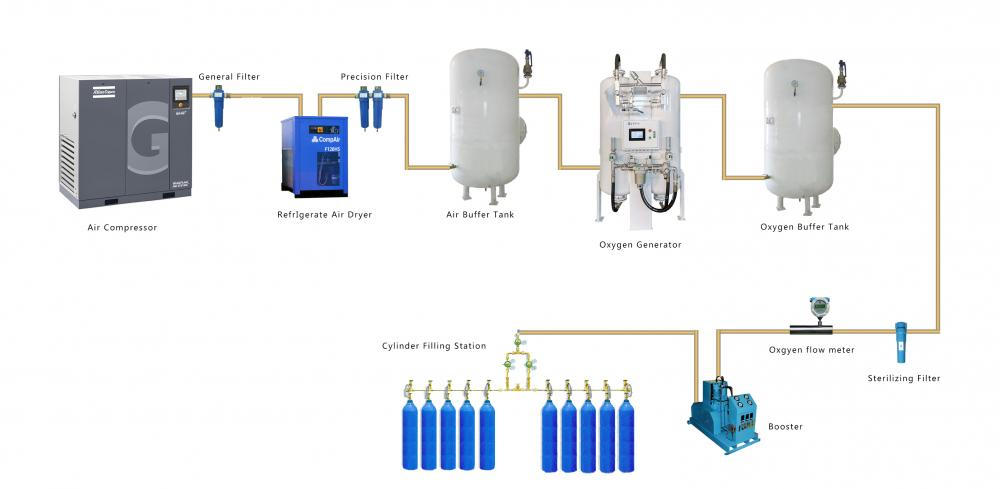The cost of layer chicken feed in the culture accounts for more than 70%, and the quality of the feed determines the economic efficiency. Many users regard color as a criterion for judging the quality of feed, and many feed manufacturers take the change of the color of the feed as an important scientific research work, throwing a cost-per-fee drop. In fact, the relationship between color and feed's intrinsic quality is not great. We use the nutritive value of feed. Therefore, we should judge the quality of feed according to nutrition indicators. The most important thing is to judge according to the production performance of chickens (the main indicators are: Egg production rate, egg weight, peak duration, elimination rate, material-to-egg ratio, feed intake, evenness, etc.) The final egg production cost and the price level will affect the choice of farmers. Choosing a feed factory is very important. It's the same as if we were to eat and choose a restaurant. What kind of restaurant is the same as what we choose. It is better to choose both the test field and the company that owns a lot of chickens. For the economic benefit of the farm, the manufacturers will spend a lot of energy, financial resources, and material resources on the scientific research and choose such manufacturers to have better economic returns for the farmers. Protection. Nutrient allocation at different feeding stages has an impact on aquaculture efficiency. The weight of brooders, the degree of uniformity during the gestation stage, and the birth weight are the basis for the production performance of laying hens. When selecting products, it is necessary to consider whether the feed nutrition design at each stage is reasonable. In order to produce more eggs before the chickens are culled, feeding only one type of feed—the maximum peak feed for egg production—is wrong during the entire production period. It is necessary to arrange the feeds according to different physiological stages of the laying hens. It is recommended that the rearing phase be subdivided, such as: pre-lay egg production, peak egg production, and post-lay egg feed. The economic benefits are directly related to the level of cultivation and the culture methods, and it is necessary to select feed enterprises that can provide quality services. Services should not be limited to the prevention and treatment of diseases. More importantly, they should develop a breeding program for farmers, provide technical support, reduce production costs, and ensure economic benefits.
Oxygen Cylinder Filling System
With PSA principles, ETR Oxygen Cylinder Filling system can produce 93%±3% purity oxygen gas from compressed air directly. ETR oxygen cylinder filling system is consisted of Atlas screw air compressor, refrigerated air dryer, compressed air filter, air buffer tank, ETR Oxygen Plant, oxygen buffer tank, oxygen booster, cylinder filling station and HMI control cabinet.
Compressed air is purified through the air dryer and filters to a certain level for main plant to work with. Air buffer is incorporated for smooth supply of compressed air thus to reduce fluctuation of compressed air source. The plant produces oxygen with PSA (pressure swing adsorption) technology, which is a time proven oxygen generation method. Oxygen of desired purity at 93%±3% is delivered to oxygen buffer tank for smooth supply of product gas. Oxygen in buffer tank is maintained at 4bar pressure. With an oxygen booster, the oxygen pressure can be to 150bar and fill in cylinders.
Onsite Oxygen Cylinder Filling System Onsite Oxygen Cylinder Filling System,Oxygen Refilling System ,Oxygen Cylinder Filling,Oxygen Refilling Machine Hunan Eter Electronic Medical Project Stock Co., Ltd. , https://www.centralgas.be
